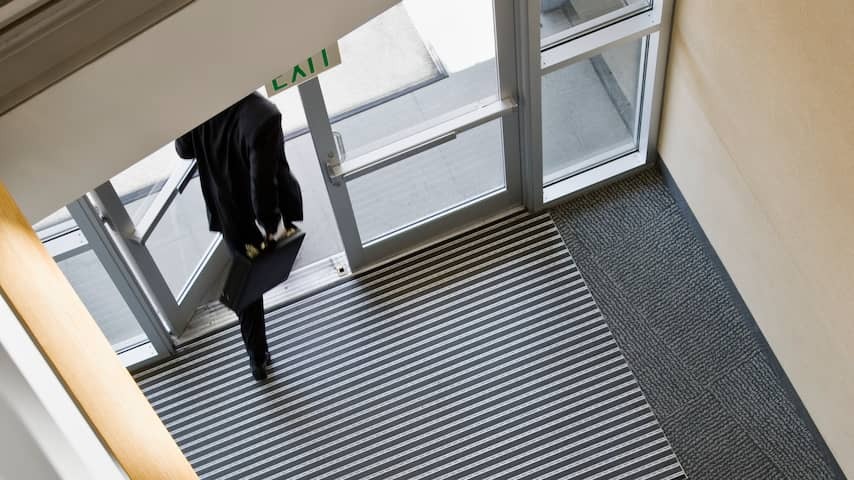
The iDEAL Work Week for A Growing Number of Dutch People Seems to Be Around Thirty Hours, Accordance to New Figures from Statistics Agency CBS. A Growing Group of Employees Have Started Working Between 28 and 32 Hours A Week in Recent Years.
Between 2021 and 2023, Many Dutch People Adjusted Their Work Week. People with a job of less than 28 hours a week ofe started working more hours. At the same time, people who work more than 32 hours have more ofe reduced their hours.
They generally keep their number of hours more stable, while women adjusting their work week. Young Women, For Example, Regularly Work Less. “They indicate that they are going to work less because of children and family,” Says Peter Hein van Mulligen, Chief Economist at CBS. “That Number of Hours is then Easier to Combine With Care Tasks and Other Family Obligations.”
Older Women Worked More Hours Between 2021 and 2023, for Example because the pressure of care tasks decreases. “For Men, The Care Task Therefore Plays a Less Frequent Role,” Says van Mulligen. “Many people will probably recognize this in their own environment.”
The Shifts in Working Hours Differ Greatly per sector. In Healthcare and Education, A Large Proportion of Employees Opt for a Work Week or 24 to 28 Hours. This is Often in Combination with Care Tasks or the Desire for a Better Work-Life Balance.
In Industry and ICT, The Emphasis is Highher. There, most employees move to 32 to 36 hours, or for financial reasons or because full-time work is Standard in thesis sectors.
Changes in the Number of Hours People Work Do Not Have Much Influence on the Labor Market Shortage, Van Mulligen Thinks. “Sometimes It is Said that if Everyone would work more, The Shortage would Disappear,” Says the Economist. “But it is not a matter of a few extra hours. The shortage would decrease somewhat if everything with a part-time job would make extra hours.”
That is not happening now. In Addition, that would bring its own problems, Says van Mulligen. “For example, if all women with a part-time job were to work more, extra places in childcare would be needed again. And there is Therefore also more work in that sector.”